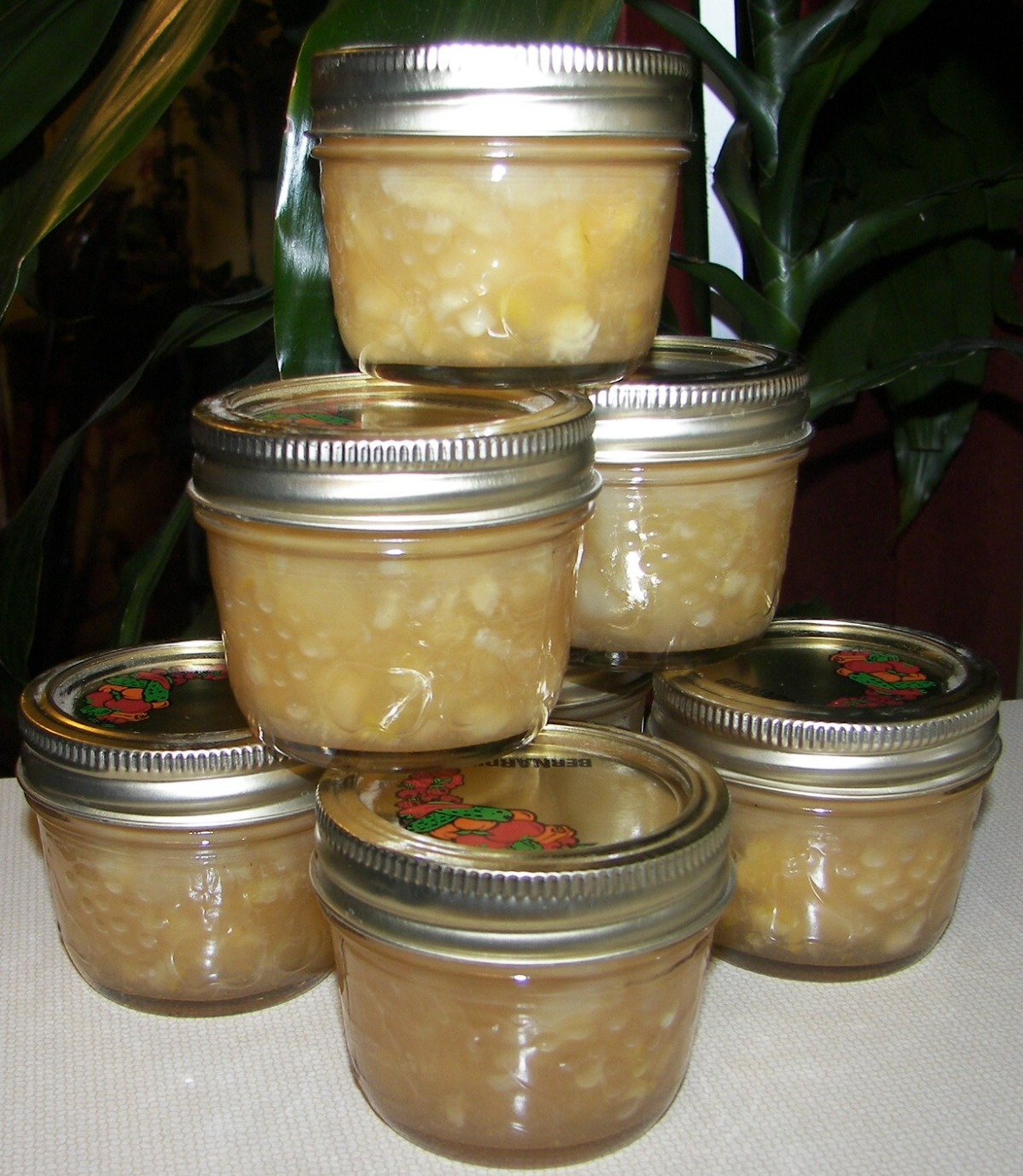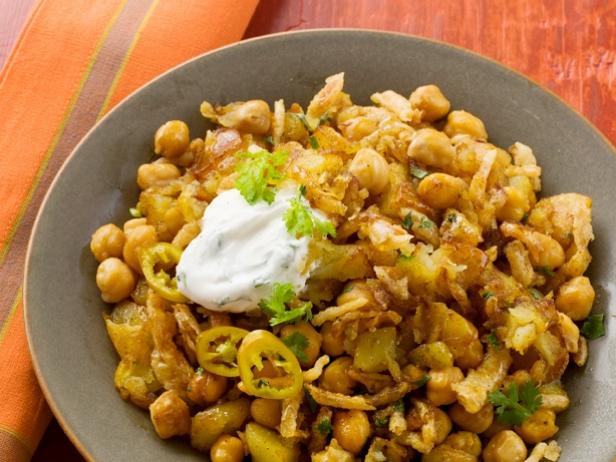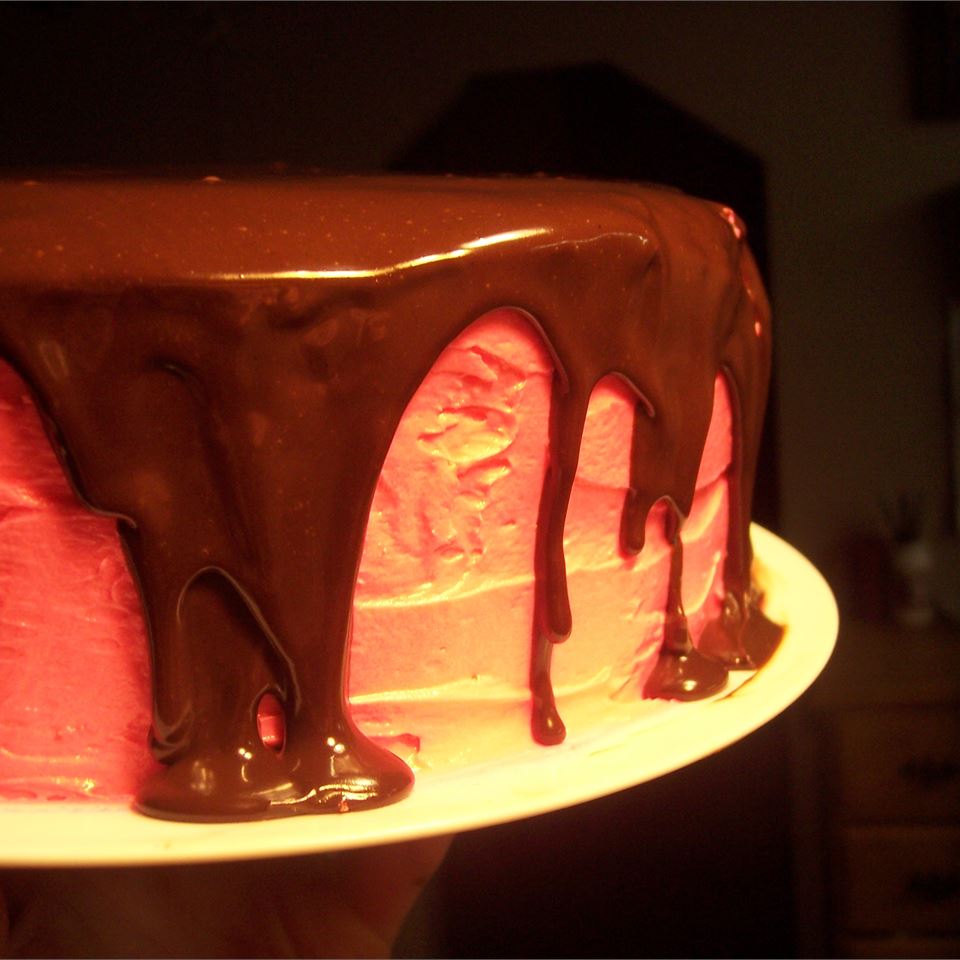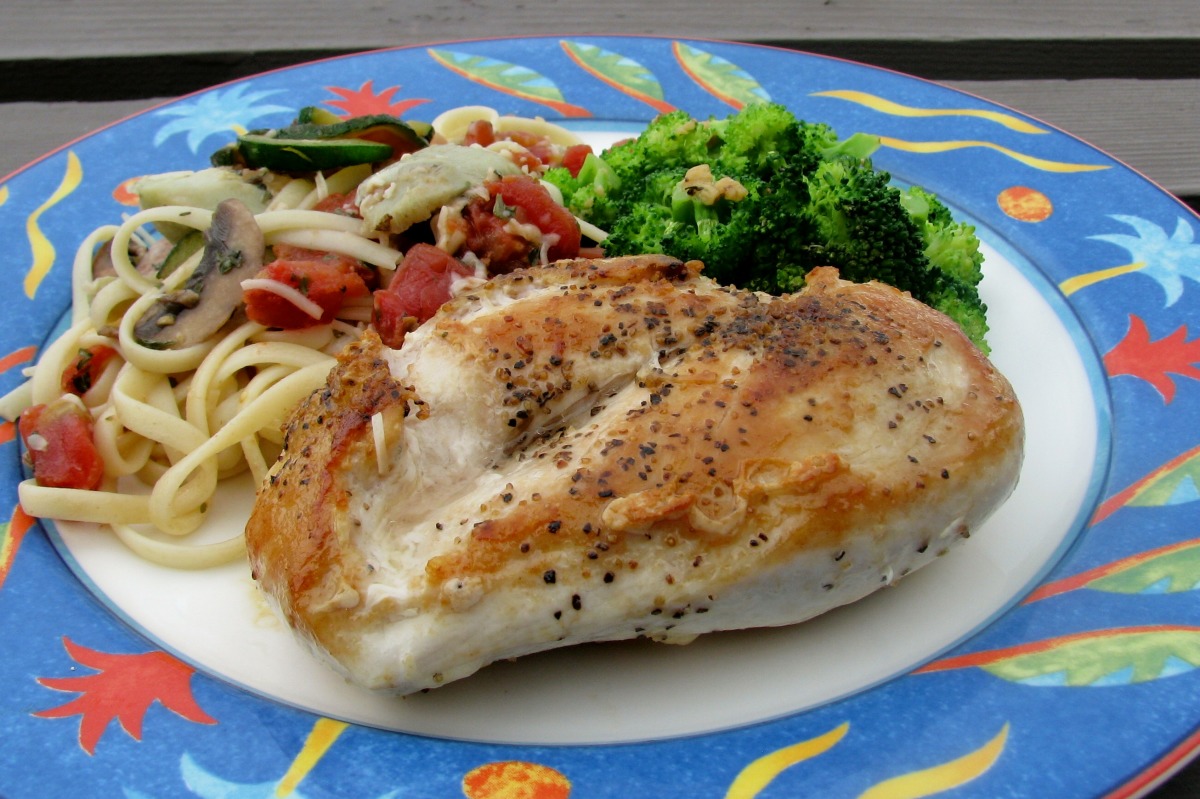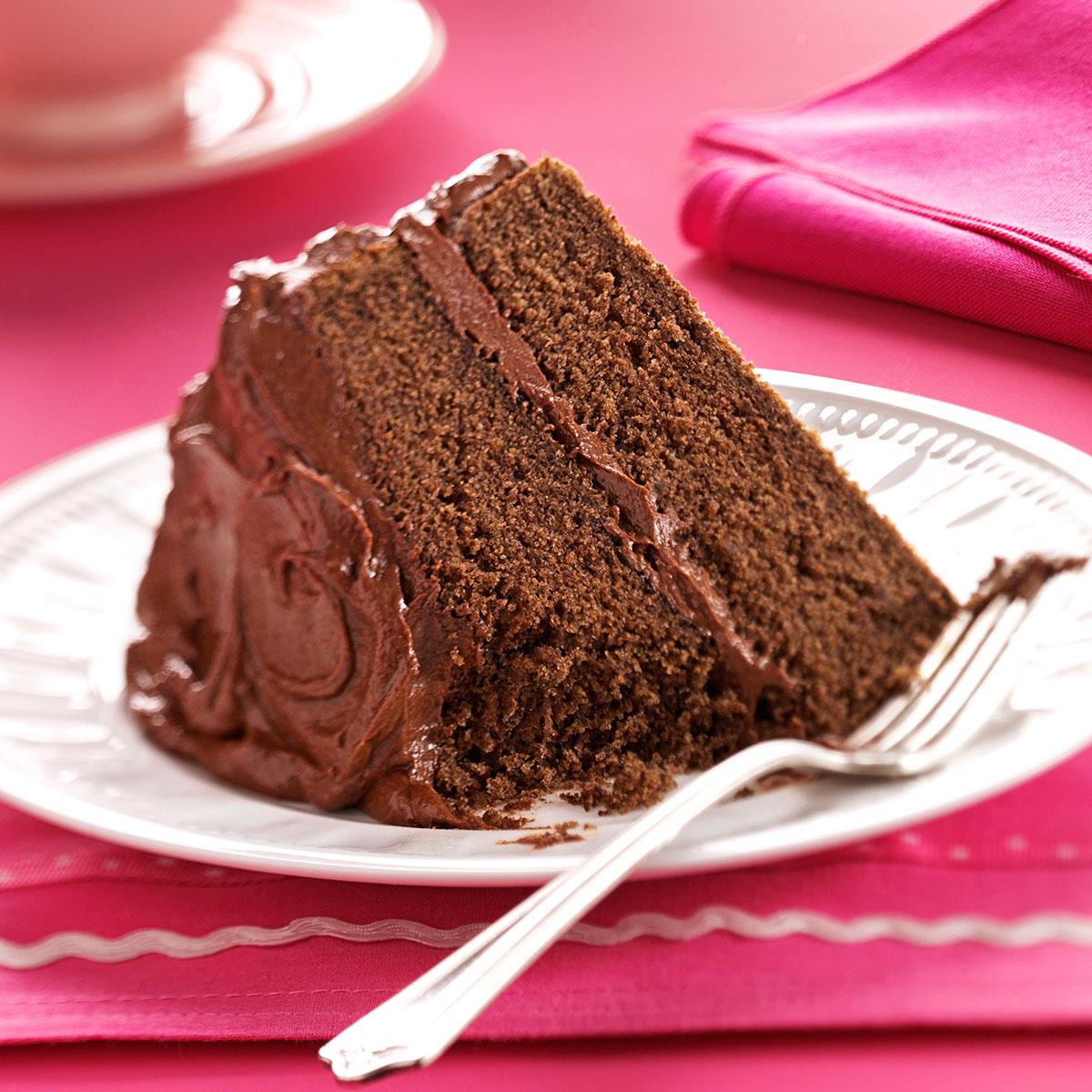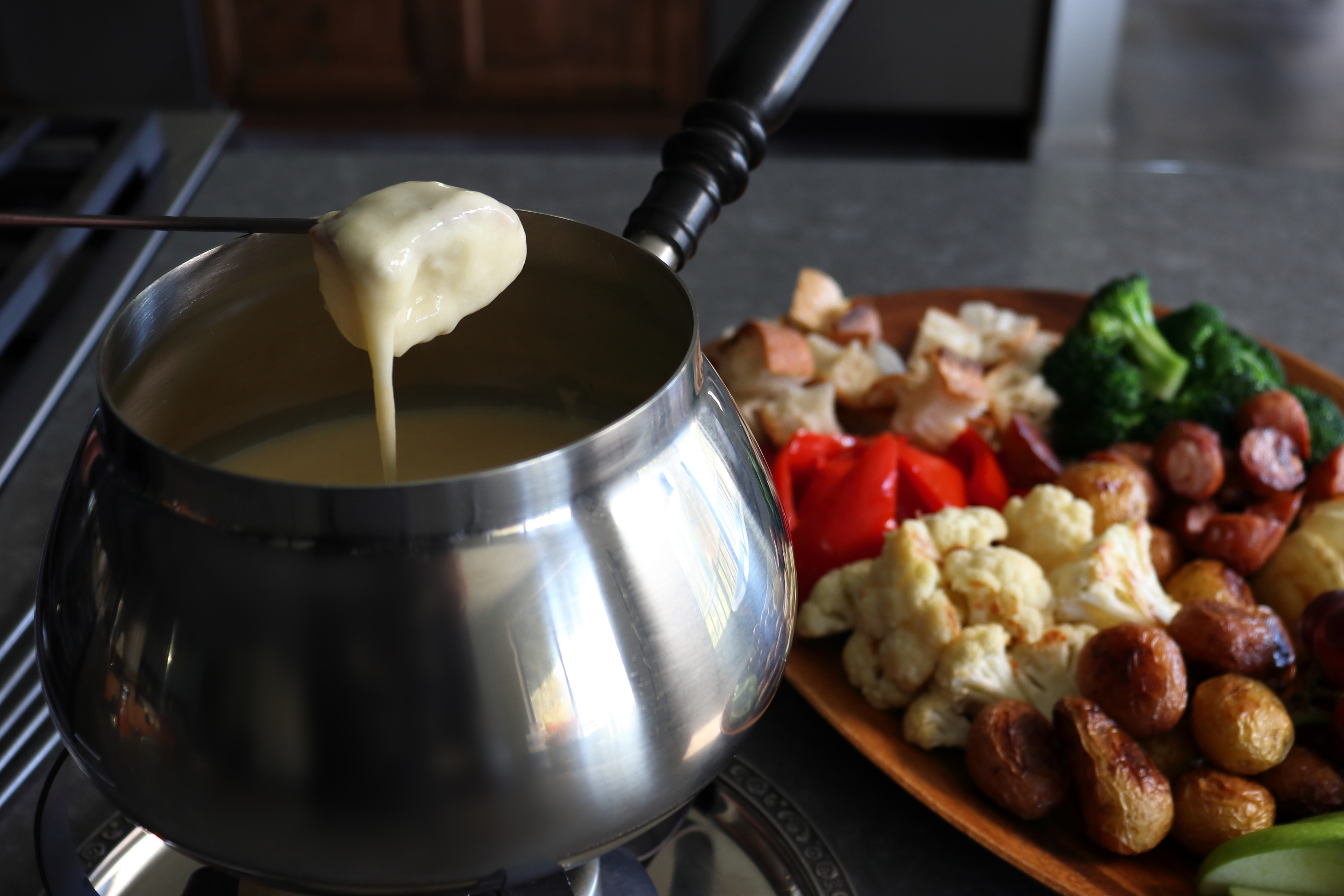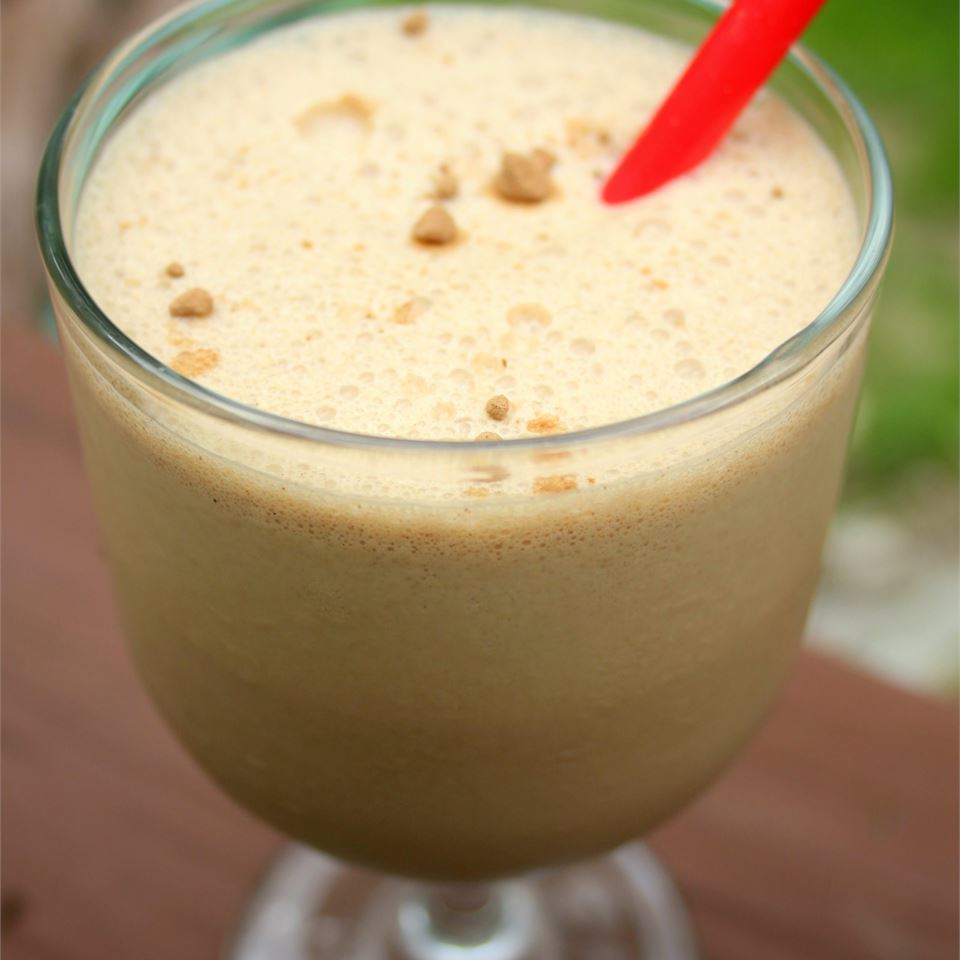In the realm of hearty and flavorful meals, chili stands tall as a timeless classic. With its tantalizing aroma and rich, satisfying taste, chili has captivated taste buds across generations. Whether you prefer it classic or amped up with a spicy kick, there's a chili recipe out there to suit every palate.
This article presents a culinary journey into the world of chili, featuring not just one, but three delectable recipes that showcase the versatility of this beloved dish. From the traditional beef chili, brimming with ground beef, aromatic spices, and a medley of beans, to the vegetarian chili, a hearty and flavorful symphony of vegetables, beans, and spices, and finally, the white chicken chili, a creamy and comforting creation featuring tender chicken, white beans, and a touch of heat, these recipes offer a chili experience for every occasion and taste preference.
As you embark on this culinary adventure, you'll discover the secrets to crafting the perfect chili, from selecting the finest ingredients to mastering the art of simmering and seasoning. With each recipe meticulously explained and accompanied by helpful tips and tricks, you'll be able to recreate these chili masterpieces in your own kitchen, impressing family and friends with your newfound culinary skills.
So, prepare your taste buds for a flavor-packed journey as we delve into the world of chili, exploring the classic beef chili, the hearty vegetarian chili, and the creamy white chicken chili. Let's get cooking!
LENNIE'S CHILI, FINALLY WRITTEN DOWN
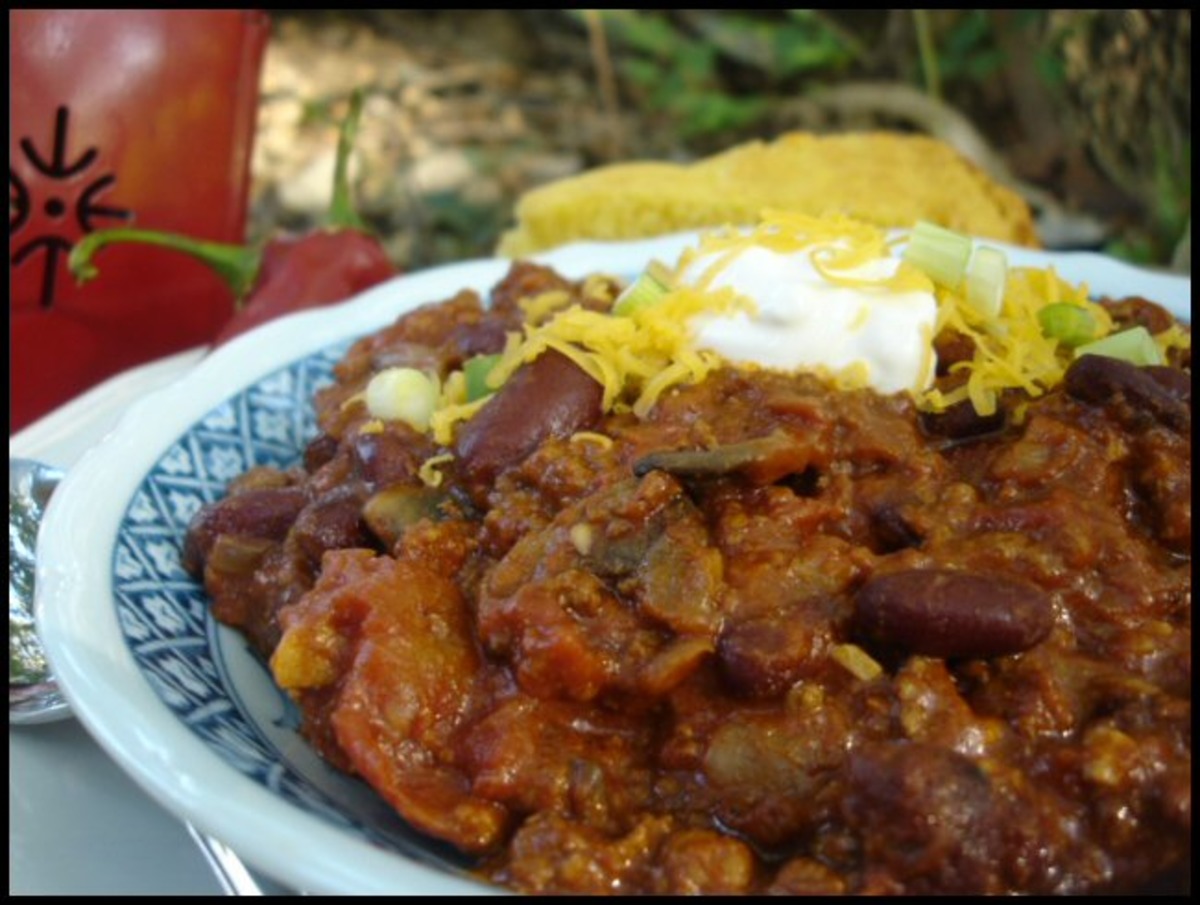
Chili is one of my hubby's favourite dinners and I've been making it for years. I just made it again recently and this time I took great pains to measure and make a note of everything I did, so I could finally get it down on paper. And yes, it has beans in it. Deal with it.
Provided by Lennie
Categories Lunch/Snacks
Time 2h20m
Yield 8 serving(s)
Number Of Ingredients 17
Steps:
- First off, I have one thing to say about spices: I am not about to tell you how to season your chili; what you see here is what I do, but please adjust the spicing to suit your own tastes, whether you want to tone it down or spice it up.
- Also, for the past couple of years, I have been using Penzeys medium-hot chili powder; if there's a Penzeys store near you or you order over the Internet from them, I highly recommend that blend.
- To make the chili, you'll need a large heavy pot, like a Dutch oven.
- Over medium-high heat, heat the oil in the pot and add the onion; saute for a couple of minutes, then add the garlic and mushrooms; saute for a couple more minutes.
- Next, crumble the beef into the pot and stir well--the idea here is not to completely brown the beef, just take away the raw colour.
- While beef is cooking, sprinkle with 1 tbsp of the chili powder; stir well.
- After the beef has lost the raw red colour, spoon out any fat should you feel you need to.
- Take one of the tins of drained tomatoes and dump into the pot, using a wooden spoon to break up the tomatoes into chunks.
- Take the other tin of drained tomatoes and squeeze the tomatoes with your hand, to crush them; add these crushed tomatoes to the pot and combine well.
- Stir in the well-drained kidney beans.
- In a small bowl, using a fork or a small whisk, combine the brown sugar, flour and cocoa; set aside.
- In a large measuring cup, stir together the tomato sauce and tomato paste, then stir or whisk in the cocoa mixture; when combined, add this mixture to the pot and stir well.
- Now add the remaining 4 tbsp chili powder, oregano, cumin (if using, sometimes I leave it out), salt and pepper; stir well.
- Let mixture start to bubble furiously, then turn the heat way down; after it's simmered for about 15 minutes, taste it; add more spices if you wish.
- Let chili simmer, uncovered, for at least one hour, stirring occasionally (longer is better; best is to make it the day before you want it and let it simmer some more on the second day).
- If you find it is cooking down too much or getting too thick for your tastes (this is not a thin chili), add some water or, even better, beef broth; best is a slug of beer should you happen to have some (I often don't).
- Before serving, make sure you taste the chili and adjust the seasonings as required; I often find it needs more salt.
- I serve this with sour cream on the table and usually some chopped raw green onion and shredded cheddar, plus a side of cornbread or cornbread muffins.
MELANIE'S CHILI
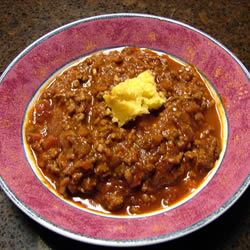
This chili is so easy to make and is so good! Trust me. To make a double batch, double everything except the meat and onion. Use 1 can each of pinto and kidney beans, that is how I normally make it.
Provided by Melanie
Categories Soups, Stews and Chili Recipes Chili Recipes Beef Chili Recipes
Time 30m
Yield 6
Number Of Ingredients 9
Steps:
- In a large saucepan over medium-high heat, cook beef and onion until meat is no longer pink. Stir in tomatoes, tomato sauce, beans, chili powder, cumin, cayenne and garlic. Cover, reduce heat and simmer 20 minutes.
Nutrition Facts : Calories 451.6 calories, Carbohydrate 54.2 g, Cholesterol 46.5 mg, Fat 13.3 g, Fiber 17.7 g, Protein 30.1 g, SaturatedFat 4.9 g, Sodium 524.4 mg, Sugar 6 g
HOW TO MAKE CHILI
Protein, heat, liquid: It doesn't take much to make a good chili, but quality is key. Let Sam Sifton walk you through.
Provided by Sam Sifton
Number Of Ingredients 0
Steps:
- A great chili rests on two foundations: its protein, and the peppers that flavor it. It is, essentially, a stew. We'll get to the chiles, but we'll begin with the protein. If you're cooking with meat, look for a cut high in fat and flavor. If you're cooking with beans, find a sturdy variety: A pinto or navy bean is an excellent chili bean.Chuck beef, from the steer's shoulder, is excellent for chili. But you can also do very well with brisket and short ribs, and there are fantastic chilis made of lamb and pork shoulder. Whatever protein you use, cut the meat into 2-inch cubes, or, if you'd like to work faster or simply prefer the texture, use ground meat. In much of Texas and at the butcher shop anywhere, you can get your meat coarsely ground, which just about splits the difference between cubes and ground. But you can also use a combination: Some cooks even like to use a number of different cuts, combining stew meat with ground. Consider between ¼ and a ⅓ of a pound per person. It should yield enough fat to flavor your chili well. Whatever you choose, be sure to fry some bacon in the pot before you get started, and then set it aside to crumble into the chili later in the process. There are those who swear by ground turkey chilis or who make the dish with chicken. Be careful when doing so, however, so that the meat does not dry out. Consider between ¼ and a ⅓ of a pound per person, supplemented perhaps with a few strips of bacon to help keep everything juicy. Or use chunks of dark meat from the richer, fattier thighs, or even duck.Farm-raised or wild-shot game - venison, buffalo, moose, marsh duck, goose - often bridges the distance between red meat and poultry: It delivers powerful flavor whether it comes from the field or the sky. Cook between ¼ and ⅓ pound per person, substituting some ground beef or lamb if the game is very lean. As with turkey and other lean cuts, you'll want to add some fat to the proceedings, for flavor and lusciousness. There are those who consider beans in chili to be an apostasy. But beans in chili can be delicious and, indeed, are an easy way to "stretch" a chili from a dish that serves 6 to a dish that serves 10 or even 12. (Figure something in the neighborhood of a cup of cooked beans per person.) Pinto beans make a wonderful addition to a beef chili, and white ones are beautiful with poultry and lamb. Some may cook only with beans, using chiles and spices to deliver big flavor into each legume. It is a good idea, in this case, to think about increasing the variety of chiles used, and to consider increasing the level of spice as well. A base of sautéed onions and garlic, heated through with oregano before adding chiles and beans, is a fine way to launch a vegetarian chili. (Take a look at Melissa Clark's recipe for a vegetarian skillet chili, if you want a starting point - or a finishing one.) All will defend their decisions as the only permissible ones. And do you need to cook the beans from scratch? You do not, unless you want to. Chili should never be a project.
- Traditional Texas chili is made with meat, chiles and little else. What kind of chiles and what form they take is a matter of some debate. Best in our view is a mixture: fresh jalapeños, dried anchos and pasilla powder. Top row, from left: Dried ancho chiles, dried New Mexico chiles and fresh jalapeño peppers. Bottom row, from left: Dried chipotle peppers, dried pasilla peppers and fresh poblanos. Some varieties of chiles are hot, some sweet and some smoky. Some are dried and toasted and ground together; others are toasted and then simmered in water or stock before being blitzed in a blender or food processor or fished from the pot and discarded; still others are used fresh. As a general rule, you'll want to add any chili powder early in the process, preferably after you've seared the meat and as you're cooking down any aromatics. But whole chiles can be added along with the cooking juices, and pulled out before serving. The world of chiles is broad, but here are a few varieties that work especially well in chili. There was a time when some of them were hard to find, even in large urban supermarkets. That is no longer true, save perhaps in the case of the delicious Chimayo. In which case, as ever, the internet can provide. Poblano: A big green pepper that is not too punchy in its heat. As poblanos ripen, the fruit reddens. Ancho: A dried, ripe poblano pepper becomes an ancho chile, sweet and smoky, mild to medium hot. Pasilla: This is a dark chocolate-brown dried pepper of moderate pungency, and brings great deepness of flavor to a chili. Jalapeño: Arguably America's pepper, this fiery little fruit can provide real zip and freshness when added to chili. When it has been smoked and dried, a jalapeño is called a chipotle. Chimayo: A New Mexican pepper of extraordinary richness, which when dried and ground brings a deep redness to all that it touches. If you can't find any Chimayos, note that any pepper from the state of New Mexico, usually labeled a "New Mexican" chile, is a worthy substitute, fresh or dried.Confusingly, chile powder and chili powder are two different things. (More confusingly, The Times has conflated them for years.) Chile powder is just dried, pulverized chiles. Chili powder, on the other hand, is a mixture of dried, ground chiles with other spices, and it helps bring a distinctive flavor to the dish that bears its name. HOMEMADE CHILI POWDER: Come up with a good recipe for chili powder, and it will give you some of the confidence to call your chili the best you've ever made. To follow the Texas restaurateur Robb Walsh's recipe, toast three medium-sized ancho chiles in a pan, then remove them and allow to cool. Do the same with a ½ teaspoon of cumin seeds. Seed the anchos and cut them into strips and then process them in a spice grinder with the cumin seeds, a big pinch of Mexican oregano and, if you like, a shake of garlic powder. Use that in your chili, and then store what's left over in a sealed jar. Use it quickly, though. It grows stale fast. STORE-BOUGHT CHILI POWDER: Chili powder is, like the dish it serves, a Texas tradition, most likely dating to the arrival in the state of German immigrants who thought to treat the local chiles as their forebears did the hot peppers in Europe, drying and grinding them into a kind of New World paprika. Eventually other spices were added - cumin and oregano and garlic powder, for instance - and now each chili powder you see in a store is slightly different from the last. For some, using chili powder in chili is anathema. They don't like the uncertainty of knowing what the mixture is going to taste like in their stew. They don't trust that the powder is fresh. They believe the resulting chili won't have layers of flavors. For many others, though, chili powder is a delicious timesaver, particularly if they've found a chili powder they like. If you do find one, use it a lot. The critics aren't wrong about the freshness.
- You've gathered your protein, and made executive decisions about your spices. It's time to make the chili. Making one calls for layering flavors into the stew, deepening each as you cook. Start by browning the meat in batches, then removing it to rest while you sweat onions, garlic and peppers, in whatever form you're using them, in the remaining fat. If you're making a vegetarian chili, start with the sweat! Then comes liquid, which will deglaze the pot and add flavor, while also providing a flavorful medium in which to simmer your meats or beans. In her Texas-style chili (below), Julia Moskin here at The Times taught us to use dark beer along with water and some canned tomatoes, but you can use plain stock instead, or a lighter beer, or more tomatoes in their juices, or a combination, according to your taste. Some like to add body to their chili by adding masa harina to the stewing liquid, or a sliced-up fresh corn tortilla that will dissolve in the heat. Julia allows for both in her recipe, which we've taken as our standard, but we encourage you to use the information you've gleaned here to make chili your own. The dish is very simple: browned meat and chiles, or chili powder, or both, simmered until tender. Everything else is up to you. Add a few dried peppers to simmer alongside the protein, and if you're cooking beef or game, consider adding a tab of dark chocolate to help deepen the flavor of the sauce. Then bring the heat to the lowest possible temperature until the protein is, as the saying goes, fork-tender. That could take 30 minutes if you're working off coarsely ground beef. It could take four hours if you're working with venison or a big clod of beef. If your stovetop can't go lower than a fast simmer, cook the chili in the oven instead, partly covered, at 325 degrees. Or use a slow cooker set to low, and keep a good eye on it after four hours or so. Fish out the dried peppers, and you're ready to eat. Once you've aced Julia's master recipe for Texas-style chili, you can explore other chili styles, whether it's a vegetarian chili with winter vegetables, Cincinnati-style chili, chili-gumbo of south Louisiana, Pierre Franey's lamb chili with lentils or his turkey chili. All reflect and celebrate America's ever-changing relationship with the dish.
- The chili's done, but don't eat it yet. As with gumbo and beef stew, chili is a dish that benefits mightily from an overnight "cure" in the refrigerator. Reheat gently on the stovetop or in a low oven when you're ready to eat, and top it with any or all of these fixings. • Chili gains a lot from the bright punch of alliums: Chopped onion and scallions are a great bet. As are avocado slices, or, one better, homemade guacamole. • Cut through the dish's richness with the clean flavors of fresh chopped tomatoes and cilantro leaves. • Or if a lightly vinegary finish is more your speed, top your chili with pickled jalapeños or red onions. • To mellow your chili's heat, pair it with a spoonful of sour cream, or some plain Greek yogurt. • Shredded Cheddar or Monterey Jack can add a mellow saltiness. • And, lastly, consider the fried egg. A worthy companion, it can even make last night's chili dinner into a hearty breakfast.• Pour the chili over rice, whether white or brown; spaghetti, as a nod to the Cincinnati style; or warm and creamy grits. • Or top it with corn or tortilla chips, crumbled Saltines, oyster crackers or Fritos. (Or, put the chili on top of those Fritos for a Frito pie.) • Serve it with warm tortillas or one of many kinds of cornbread.
BONNIE'S CHILI
This chili is incredibly easy to make, and has a surprising depth of flavor for something that comes together in no time before the slow cooker takes over the work. I can make this for people who like it hot or mild just by changing the salsa. You can make it really spicy if you add hot peppers and hot salsa. -Bonnie Altig, North Pole, Alaska
Provided by Taste of Home
Categories Lunch
Time 5h25m
Yield 8 servings (2-1/2 quarts).
Number Of Ingredients 10
Steps:
- In a Dutch oven, cook beef over medium heat until no longer pink, 8-10 minutes, breaking into crumbles; drain. Transfer to a 4- or 5-qt. slow cooker. Stir in remaining ingredients. Cook, covered, on low until heated through, 5-6 hours. If desired, serve with optional toppings.
Nutrition Facts : Calories 323 calories, Fat 10g fat (4g saturated fat), Cholesterol 71mg cholesterol, Sodium 1027mg sodium, Carbohydrate 27g carbohydrate (5g sugars, Fiber 8g fiber), Protein 31g protein.
Tips:
- Use a variety of beans. This will give your chili a more complex flavor and texture. Some good options include kidney beans, black beans, pinto beans, and Great Northern beans.
- Don't be afraid to experiment with different spices. Chili is a versatile dish that can handle a lot of different flavors. Some popular spices to use include chili powder, cumin, oregano, and garlic powder.
- Let your chili simmer for at least 30 minutes. This will allow the flavors to meld together and develop.
- Serve your chili with your favorite toppings. Some popular options include sour cream, cheese, onions, and jalapenos.
- Chili is even better the next day. So if you have leftovers, don't be afraid to enjoy them!
Conclusion:
Whether you're a chili veteran or a newbie, I hope these tips and the recipe from Lennies Chili recipe will help you make a delicious pot of chili that everyone will enjoy. So next time you're looking for a hearty and flavorful meal, give chili a try. You won't be disappointed!
Are you curently on diet or you just want to control your food's nutritions, ingredients? We will help you find recipes by cooking method, nutrition, ingredients...
Check it out »
You'll also love




